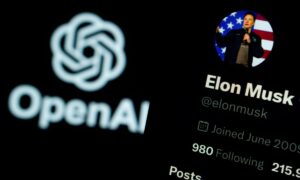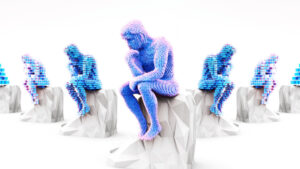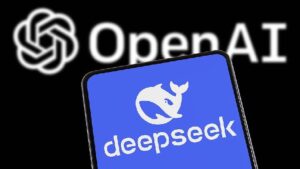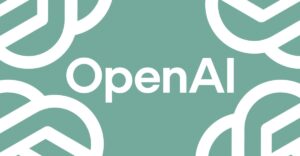Debate Erupts Between Startups and Academics on the Approaching Reality of Superhuman AI

The Growing Debate: Superhuman AI and Its Implications
The discussion around superhuman artificial intelligence (AI) is heating up, bringing together a mix of startups and academic thinkers. This dialogue raises questions about the practical realities of creating AI systems that surpass human capabilities, the potential risks involved, and the ethical considerations that must be addressed.
Understanding Superhuman AI
Definition
Superhuman AI refers to artificial intelligence systems that can perform tasks better than any human. This includes abilities such as problem-solving, data analysis, and decision-making. It is a concept that is more than a theoretical possibility; many experts believe we are on the brink of this technological leap.
Current Developments
Recently, advancements in machine learning and neural networks have made AI systems remarkably efficient. Technologies like deep learning have powered improvements in image recognition, natural language processing, and predictive analytics. Major tech companies are heavily investing in these areas, aiming to create solutions that can outpace human performance.
Perspectives from Startups and Academics
Startups’ View
Many startups are enthusiastic about the prospects of superhuman AI. They envision applications that can transform industries, enhance productivity, and even solve complex global challenges. For example, some startups are developing AI systems for healthcare that can analyze vast amounts of medical data faster than any doctor, potentially leading to quicker diagnoses and better patient outcomes.
Academic Skepticism
On the flip side, some academic researchers caution against the rush to develop superhuman AI. They argue that while we may be making strides in certain tasks, the broader understanding and adaptability of human intelligence remain unmatched. Academics stress the importance of mindful progress, urging developers to consider the societal impacts and ethical dilemmas posed by such technology.
Potential Risks of Superhuman AI
Job Displacement
As AI takes on more complex tasks, there is potential for significant job displacement. Automated systems can replace human workers in various sectors, raising concerns about unemployment and economic inequality.Ethical Dilemmas
Creating superhuman AI brings ethical questions to the forefront. Issues such as privacy, security, and accountability become crucial as AI systems make decisions that can impact human lives.- Control and Safety
There is an ongoing debate about how to ensure that superhuman AI operates in a safe and controlled manner. The fear is that if these systems operate beyond human oversight, they could make harmful decisions.
The Future of Superhuman AI
Collaboration Between Sectors
To navigate the complex landscape of superhuman AI, collaboration between startups, academia, and regulatory bodies is essential. This collaboration can help ensure that technological advancements are accompanied by proper guidelines and safety measures.
Public Dialogue
Engaging the public in discussions about superhuman AI is vital. As this technology evolves, individuals should have a say in how it affects daily life. Public input can guide policymakers in making informed decisions regarding AI’s development and implementation.
Key Takeaways
Accelerating Advancements: The race to develop superhuman AI is fueled by rapid technological advancements in data processing and machine learning.
Diverse Opinions: Startups are pushing forward with enthusiasm, while academics urge caution and thorough deliberation.
Risks to Manage: It is crucial to recognize the potential risks associated with superhuman AI, from job displacement to ethical concerns.
- Collaborative Approach: A partnership between different sectors can lead to responsible development and deployment of AI technologies. Engaging the public in ongoing dialogue will help shape the future of AI in a manner that benefits everyone.
The evolution of superhuman AI presents both exciting possibilities and significant challenges. As advancements continue, it will be essential to balance innovation with responsibility.






